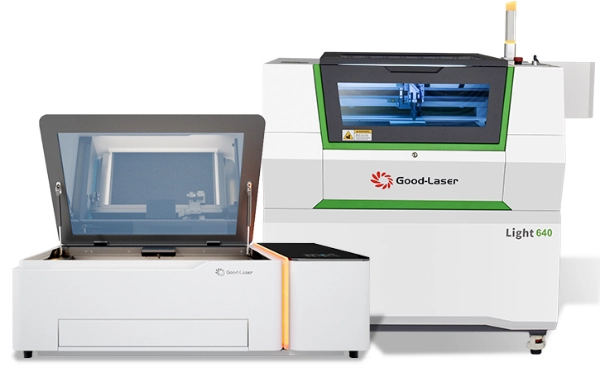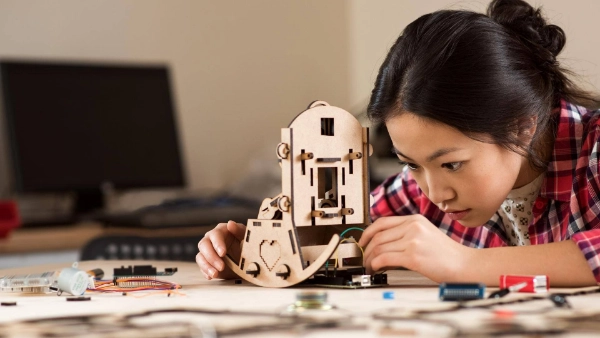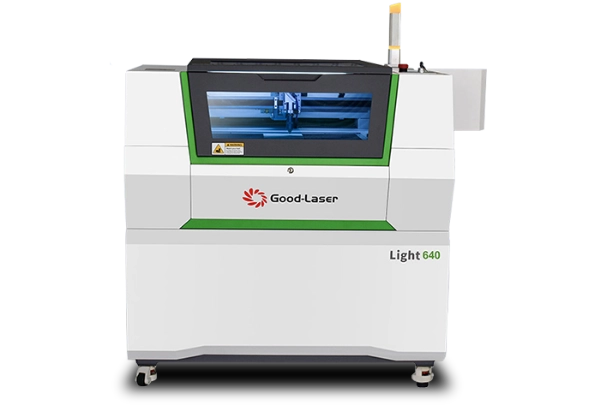Benefits of Student Using School Laser Cutter to Cut Creative Works
In the modern educational landscape, the integration of technology into the classroom has opened up new realms of creative possibility for students. One of the most exciting tools available in many schools today is the laser cutter. These versatile machines are not just limited to industrial applications; they are becoming an essential part of the creative process in education. A laser cutter uses a focused beam of light to cut, engrave, or etch a variety of materials with high precision. When students are given access to laser cutters in school environments, the benefits they gain stretch far beyond simply making intricate designs. In this blog post, as a high quality DIY co2 laser cutter supplier, Good-Laser will share the many benefits of student using school laser cutter to cut creative works.
1. Development of Technical Skills
One of the most immediate benefits of using a laser cutter is the development of technical and design skills. Operating a laser cutter requires students to learn how to use software such as Adobe Illustrator, AutoCAD, or specialized vector graphic design tools. These tools allow students to create digital designs that can be fed into the laser cutter, transforming their ideas into tangible objects.
As students interact with these tools, they are also exposed to the principles of vector-based design, file preparation for machines, and problem-solving strategies. These technical competencies are essential for many careers in engineering, architecture, and graphic design, giving students a competitive edge as they enter the workforce or pursue higher education in STEM fields.
2. Fostering Creativity and Innovation
Laser cutting technology opens up an almost infinite range of creative possibilities. Students can design and create everything from custom jewelry and architectural models to personalized gifts and complex geometric sculptures. The precision and versatility of the laser cutter allow for the execution of designs that would be difficult, if not impossible, to achieve using traditional hand tools.
For students, this means that their creative visions can be realized with a level of accuracy and detail that enhances their work. The ability to experiment with different materials, such as wood, acrylic, leather, cardboard, and fabric, encourages students to think outside the box, expand their creative horizons, and consider how different materials interact with design concepts. This exposure to new materials and techniques helps foster an innovative mindset that will serve students well throughout their education and future careers.
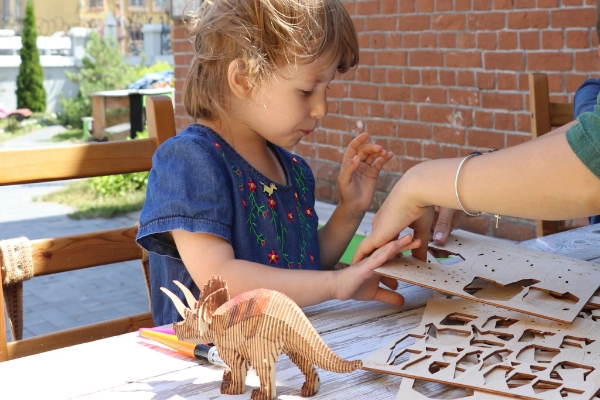
3. Promoting Problem-Solving and Critical Thinking
Working with a laser cutter requires careful planning, precision, and iterative testing. For students to design a successful project, they must solve various logistical challenges, such as how to arrange designs for optimal material use, ensuring the cutter settings are appropriate for the chosen material, and troubleshooting any errors that may arise during the process.
This hands-on problem-solving experience promotes critical thinking. For example, students must consider how a material's thickness affects the cutting process or how the laser' s intensity might differ depending on the material. The process of working through these challenges teaches resilience and encourages students to approach problems methodically and analytically. The iterative nature of design and testing helps students understand the importance of refining their ideas and solutions, an essential skill for any creative or technical field.
4. Enhancing Collaboration and Communication
Laser cutting projects often require teamwork, especially in complex, large-scale works. Students may need to collaborate on the design, material selection, and construction phases. This teamwork promotes effective communication and the sharing of ideas, as students learn to divide tasks and contribute their individual strengths to the project.
The collaborative environment also offers an opportunity for peer-to-peer learning. Experienced students can help beginners navigate the software or laser cutting process, reinforcing their own knowledge while providing mentorship. This interaction helps students build interpersonal skills, such as patience, negotiation, and leadership, all of which are crucial for success in both academic and professional environments.
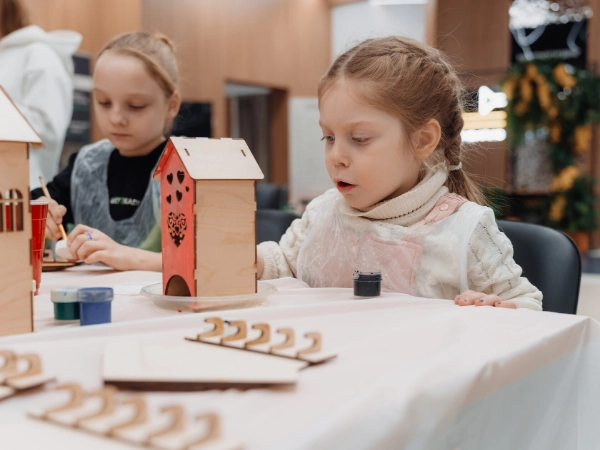
5. Hands-On Learning and Experiential Education
Laser cutting provides students with an opportunity to engage in hands-on, experiential learning. This kinesthetic approach to education allows students to physically interact with their creations, turning abstract concepts into tangible results. For example, a student designing a scale model of a building can visualize the finished structure through the precision of laser cutting, better understanding the architectural principles at play.
This type of learning can be especially beneficial for students who struggle with traditional lecture-based education, as it allows them to apply theoretical knowledge in a practical setting. The immediate feedback provided by the laser cutter (such as recognizing when a design doesn' t cut properly) also helps reinforce learning, making the educational experience more engaging and interactive.
6. Preparation for Future Careers
Incorporating laser cutters into the school curriculum also provides students with valuable exposure to tools commonly used in many professional fields. Laser cutting technology is frequently employed in industries such as manufacturing, product design, architecture, engineering, and fashion. By gaining familiarity with these machines at an early age, students develop a practical understanding of industrial and design technologies.
Moreover, many students who are exposed to these tools in school may develop a passion for pursuing careers in STEM or the arts. The ability to create professional-quality prototypes, models, or even finished products helps students build portfolios that can serve them well in college applications or future job opportunities.
Conclusion
The integration of laser cutters into the school environment provides numerous benefits that go beyond simple design and crafting. By offering students the chance to develop technical skills, foster creativity, engage in critical thinking, collaborate with peers, and gain exposure to industry-standard technologies, schools can provide invaluable educational experiences that prepare students for the challenges of the modern world. Whether it' s for personal projects or as part of a larger academic curriculum, the laser cutter is an indispensable tool that helps students connect the dots between technology, design, and innovation. In doing so, it cultivates a generation of thinkers and creators ready to shape the future.


